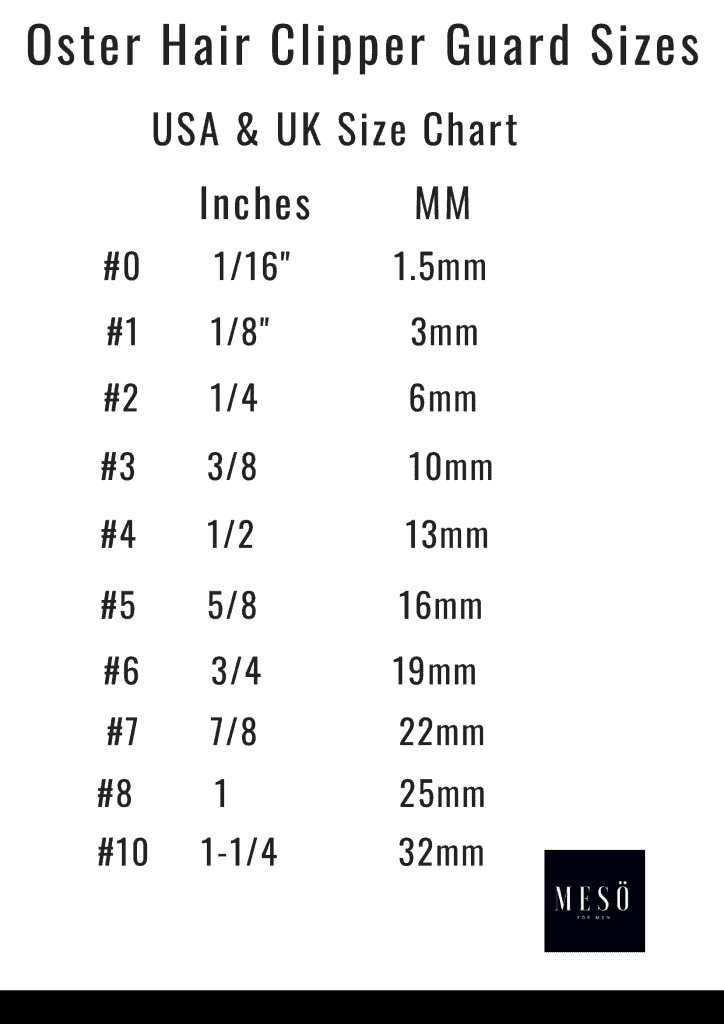

When you have metal rubbing fast against metal, you must keep these metal pieces clean and oiled to reduce heat and allow them to perform at an optimum level.
#Clipper blade sizes skin#
The cut is so close that if the skin is looked at under a magnifying glass, you can see tiny nicks in the skin. #40 - Fine or Surgical Cut: This blade cuts the hair extremely close to the skin. For showing disciplines, where the standard is to remove hair from the horse’s face, insides of horses’ ears, around the eyes and nose, the #30 is often used. #30 - Medium or Fine Cut: This blade size is finer still than the #15 blade. #15 - Medium Cut: This blade size cuts the hair a bit shorter than the #10 blade, making it the choice for many people when clipping hair on a horse’s head. Note: #10 blades are available in regular and wide sizes, with the wider size most appropriate for body clipping, since it removes more hair per swipe. It’s also a great choice if you’re new to horse clipping techniques. Mistakes are easier to correct at the end of clipping with this blade as you have more length of hair left to work with. It’s a wise choice of blade to use on the horse’s legs, as it leaves the hair long enough to provide some protection.

#Clipper blade sizes free#
It’s often used for body clipping and many clippers come with a free #10 blade with the original purchase. #10 - Course Cut: This blade size leaves hair the longest. As a general rule, the blades are numbered in the same way too. Sizes are fairly standard across all manufacturers. Your choice of blade will depend on what you want to accomplish when clipping your horse. The higher the number on the blade, the shorter the hair will be. It has two wings that stick up and ultimately wrap around the hinge to help hold the blade tight on the clipper.


 0 kommentar(er)
0 kommentar(er)
